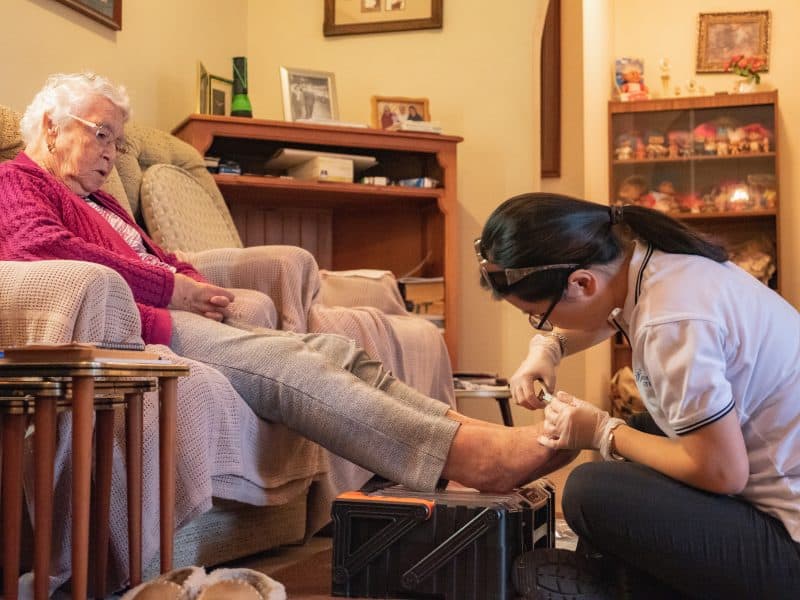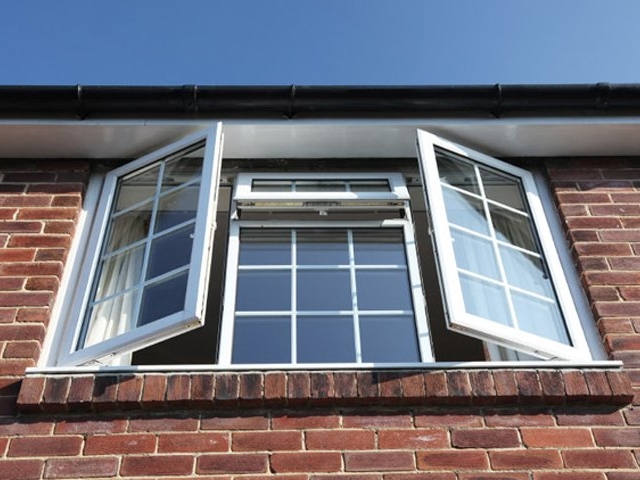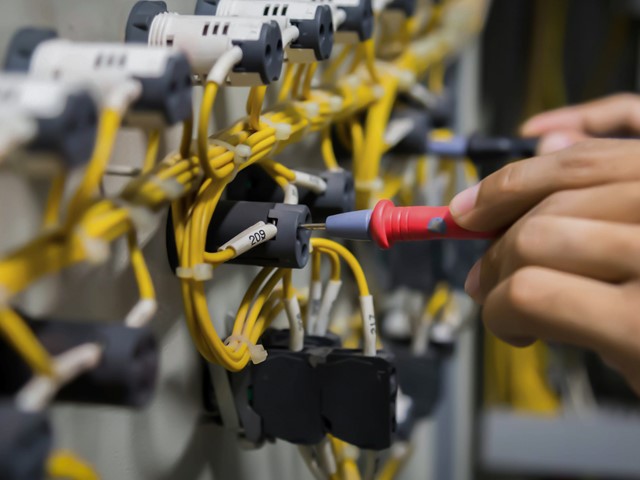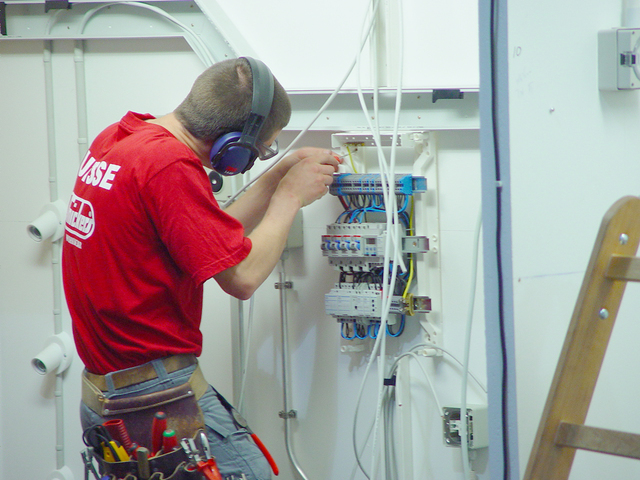We live in times when appearance is of great importance. Every day, however, we focus mainly on hair care, skin, slim figure and a white smile. We often forget about the most important thing – our feet.
And yet they are the ones who are exposed to the greatest burden. They are the ones we travel thousands of kilometres on during our lifetime. That’s why our feet need special treatment and care.
What is podiatry?
Podiatry is a branch of medicine dealing with prevention and treatment of foot diseases. A person specializing in it is called a podiatrist. In Poland, podiatry is still developing, gradually gaining popularity. The reason is changes in lifestyle and spreading civilization diseases, such as diabetes or obesity, which make more and more Poles complain about problems with their feet.
Currently, practically everyone comes to the podiatrists. Among patients there are people doing standing work, corporate employees, people actively involved in sports, seniors, and even children and adolescents with foot and lower limb defects.
Who is a podiatrist?
A podologist deals with prevention and treatment of pathological changes in the feet. He must have knowledge of many fields of medicine, including cosmetology, dermatology, surgery, orthopaedics or even diabetes. The task of a podiatrist is to diagnose diseases within the foot, and then to apply appropriate treatment and treatments.
The podologist himself is not a doctor, but very often cooperates with him. We can distinguish between orthopaedic and surgical podiatry. The area of the first one is biomechanical examination of the foot and lower limb and the whole posture in statics and dynamics. Treatment podiatry focuses on the therapy of ingrown nails, warts, prints, etc. The treatment podiatry focuses on the therapy of ingrown nails, warts, prints, etc.
What are the problems for a podiatrist?
The podologist is visited primarily by people with reduced mobility, struggling with skin, bone and joint diseases, various types of deformities of fingers and feet (halluxes, hammer fingers, sparrow fingers). Its services are used by people suffering from rheumatism or diabetes.
A podiatrist will successfully deal with prints, calluses, warts and fungal infections of feet. He will also instruct you how to care for your feet, including how to trim your nails properly. In addition, he will suggest what we can do to get rid of dry, cracked heels. However, this is not the end of his skills.
This specialist will also perform a foot massage, change the dressing, choose a brace, orthopaedic insole or appropriate footwear. We can also go to him in order to shorten the nails professionally.
Growing nail
It is quite common for patients to visit podiatrists to have ingrown nails. This problem occurs when the nail plate grows into the skin. In most cases, the ingrown nails concern the big toe in the foot. Ingrown nail causes inflammation, pain and redness of the toe.
Oil may also be coming out of the fingernail. What is the cause of ingrown nails? This may be the result of wearing the wrong footwear, care errors, injuries or orthopaedic problems in the foot. In the past, ingrown nails were treated only surgically. Today, they are corrected with special clasps.
What does a consultation with a podiatrist look like?
The podologist begins the diagnosis by collecting a detailed interview with the patient on the lifestyle he leads, past injuries and existing ailments. Then he examines it with the use of the so-called subaroscopy.
The patient becomes bare feet on a special mat. In this way, an image of the foot is created, which is then sent to the computer and displayed on the monitor screen. The podobroscope allows to determine how the pressure on the sole side of the foot is distributed during standing (static examination) and walking (dynamic examination).

- static examination – allows to detect foot defects, assess the load distribution and posture together with the center of gravity.
- Dynamic testing – computerized walking test allows you to analyze every step from the moment of kick-off to the moment of placing the foot on the ground and the beginning of the next step. In this way, the podologist checks whether the patient has the correct gait pattern. Such an analysis is very important, because any irregularities in this area can cause excessive strain, and thus problems with the spine, knees or hips.
Orthopaedic podiatry, so what?
Orthopaedic podiatry combines podiatry and orthopaedic rehabilitation. Thanks to it, the patient can get rid of not only the pain of feet, but also the spine, hips and knees.
Of course, before the patient starts such rehabilitation, he or she goes to consult an orthopaedic surgeon who, on the basis of a detailed interview with the patient and the result of a computer foot examination, selects the most appropriate form of therapy. It may include:
- manual therapy of the foot and lower limb,
- soft tissue therapy,
- therapy of foot finger deformities (halluxes, hammer fingers, hammer fingers),
- rehabilitation after foot surgery,
- corrective, stabilizing and strengthening exercises for the foot,
- Physical therapy (e.g. ultrasound, electrotherapy, laser),
- selection of orthopaedic insoles for shoes,
- foot massage,
- taping.
In the summer we especially care about well-groomed feet. After all, this is the time when we intensely expose them in sandals or flip-flops. While taking care of your feet, we should remember not only about the aesthetic aspects, but above all about the fact that our feet are healthy.
Therefore, as soon as they start to annoy us, let’s definitely visit the podiatrist’s office. This specialist in foot diseases will choose an appropriate form of treatment for us and propose preventive measures. This is the easiest way to show gratitude to our feet – for the hard work they do for us every day.





